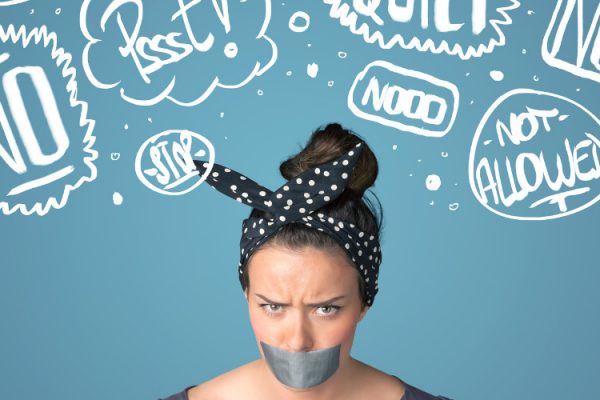“The development of the internet has completely transformed the way we do business, and the ‘oldest profession’ is no exception. In a world of online chatrooms, webcam performers can market anything from conversation to explicit sex acts. And unlike pornography or prostitution, there are virtually no laws regulating this form of sex work.”
So begins an interesting take on webcam written by University of Kent graduate student Rachel Stuart, published in December 2016 on the website The Conversation.
Stuart outlines a number of industry factoids, likely unknown to those outside cam. Things like:
1. It’s easy to get into cam. Women, men and transgender models are wanted, though cisgender women command an overwhelming majority of the market. Also, “the hours are flexible, the working environment is safe and the salary can be very rewarding.”
2. The public tipping system on some cam sites “makes a show profitable for the performer, at a relatively low cost to the viewer.”
3. Private shows, unlike interactions in open chat, tend to be highly pornographic.
Yet, in spite of all the technologically enhanced ways to communicate and opportunities for sexy interaction, governments and regulators remain “eerily silent” about cam. According to Stuart, “This is odd, given that the British government has increasingly taken a heavy-handed approach to regulating sexual commerce,” including the U.K.’s Digital Economy Bill, which would require adults to verify their ages with the government before they’re allowed to visit adult websites. This creates a bit of a paradox for cam models: Performing a live show is okay, but if that show is recorded and uploaded, it can become an offending piece of media.
Stuart goes on to discuss the “new woman” of webcam: entrepreneurial, business-minded and difficult for anti-sex activists to cast as a victim.
“Webcamming gives women the opportunity to reclaim profits from the traditionally male-dominated pornography industry. What’s more, they can maintain control of their image and dictate the terms and conditions on which they are viewed,” Stuarts explains. “Indeed, webcamming allows individuals access to global markets, which could give women in deprived areas a chance to raise themselves out of poverty.”
Here, Stuart seems to minimize the significant differences between camming independently and camming with a large network. Further, though Stuart acknowledges the difficulties cam presents in terms of privacy and piracy, she continues to fall into the standard academic trap of ignoring or minimizing women involved behind the scenes in the sex media business. She also fails to acknowledge the role wider society plays in issues related to privacy, stigma and social inequalities — especially those experienced by sex workers.
Stuart also underscores her discussion of models’ financial opportunity with veiled skepticism about money made by networks, hosting companies, traffic brokers, billers and the like. Though there is certainly room for greater transparency and balance between parties above and below the production lines* in webcam, there is also no acknowledgement in Stuart’s analysis that ancillary support and business services are also needed — in addition to models — to make cam work. Thus, they need to get paid, too.
The piece ends on a positive note: “For the moment, at least, entrepreneurial women are free to participate in a legal form of sex work, which they have the power to define,” Stuart asserts.
Stuart’s analysis presents a rosy glow and focuses on the positive aspects of cam, but there’s a wide measure of nuance she misses.
—
*Parties “above the line” are those directly shaping content: models and performers and in filmmaking, producers, writers and directors. “Below the line” refers to those working behind the scenes: all other crew.








